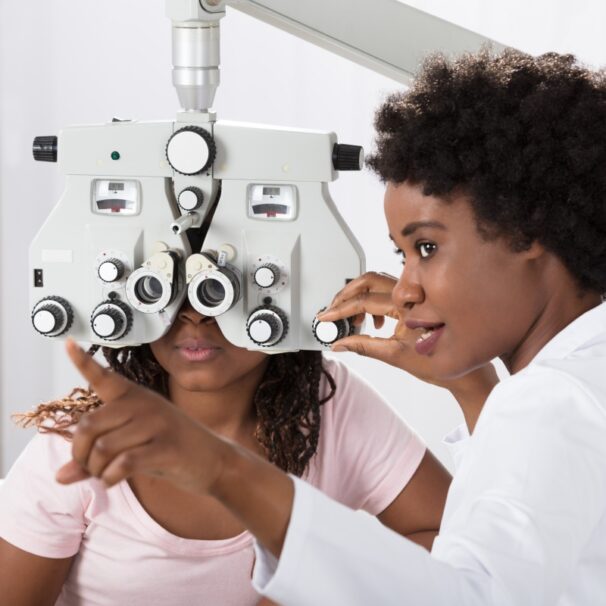HealthProviders DB is a comprehensive database of healthcare providers, including a complete directory of all Occupational Vision Optometrists.
Optometrist Healthcare Taxonomy Code 152WX0102X
As of today, the following are the total number of Occupational Vision Optometrists nationally, in your state, and near your location.
Medicare
The following are the total number of Occupational Vision Optometrists who accept Medicare in your state, the number who have opted out of Medicare, and the total number excluded from participation in Medicare nationwide.
Alaska – Alabama – Armed Forces Pacific – Arkansas – American Samoa – Arizona – California – Colorado – Connecticut – District of Columbia – Delaware – Florida – Federated States of Micronesia – Georgia – Guam – Hawaii – Iowa – Idaho – Illinois – Indiana – Kansas – Kentucky – Louisiana – Massachusetts – Maryland – Maine – Marshall Islands – Michigan – Minnesota – Missouri – Northern Mariana Islands – Mississippi – Montana – North Carolina – North Dakota – Nebraska – New Hampshire – New Jersey – New Mexico – Nevada – New York – Ohio – Oklahoma – Oregon – Pennsylvania – Puerto Rico – Palau – Rhode Island – South Carolina – South Dakota – Tennessee – Texas – Utah – Virginia – Virgin Islands – Vermont – Washington – Wisconsin – West Virginia – Wyoming
Select the State name above or from the HealthProviders DB App filter panel to show the list of Occupational Vision Optometrists by State. In addition, you can also narrow the list by City and more from the filter panel.
You can download the Occupational Vision Optometrists dataset using HealthProviders DB Export.

What do Occupational Vision Optometrists do?
Occupational Vision Optometrists assess, diagnose, and treat vision problems related to a person’s work or specific daily tasks to ensure safe and effective visual function.
They evaluate an individual’s visual skills for their job, which includes visual acuity, eye muscle function, depth perception, and eye-hand coordination.
Based on the assessment, they recommend solutions such as protective eyewear, ergonomic workstation adjustments, and visual training programs to reduce eye strain, headaches, and improve overall job performance.
What they do
Perform occupational vision assessments: They conduct specific eye exams to evaluate how a person’s vision relates to their job requirements and working conditions.
Diagnose and treat vision problems: They identify and correct vision issues that can impact job performance, such as fatigue, eye strain, and blurry vision, through solutions like prescription glasses or therapeutic lenses.
Recommend and provide protective eyewear: They advise on and provide the appropriate protective eyewear, such as safety goggles, for hazardous environments to prevent injuries.
Offer ergonomic and workstation advice: They evaluate and suggest workstation changes to minimize eye strain, including proper screen positioning and lighting.
Implement visual training programs: They provide exercises to enhance specific visual skills needed for a job, such as hand-eye coordination, tracking, and depth perception.
Educate employees and employers: teach them about the importance of eye health, how vision affects job performance, and how to prevent eye-related issues at work.

